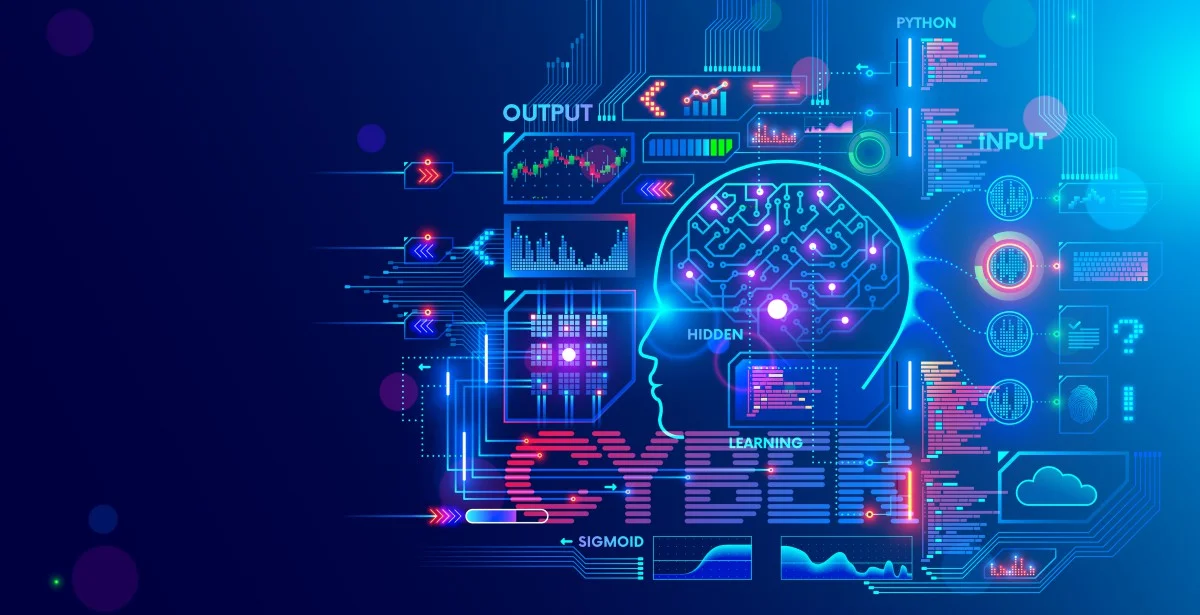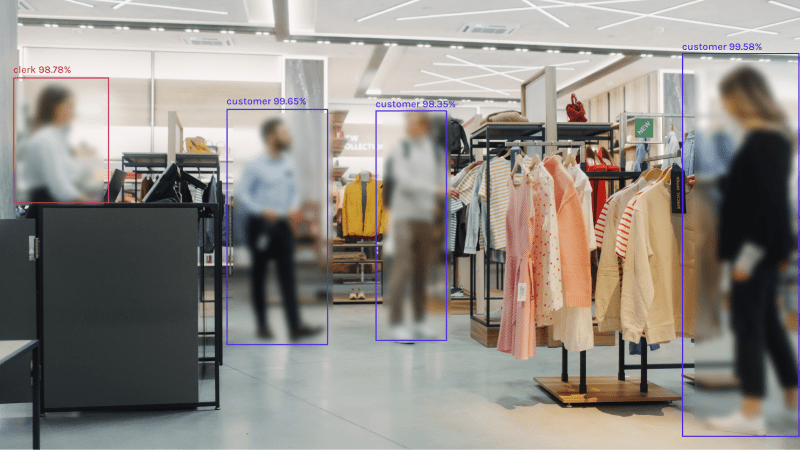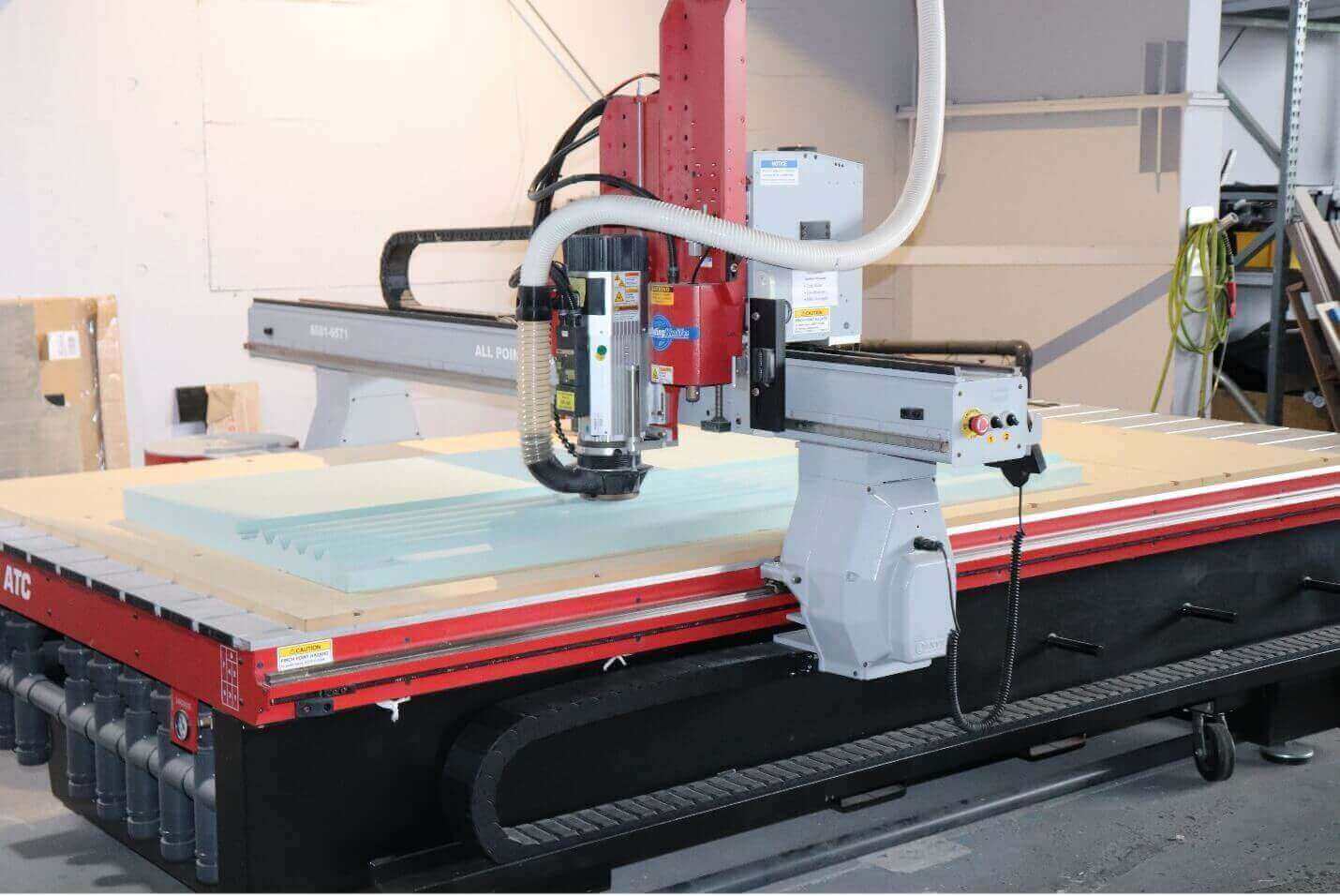Cyber Security Solution vs. Traditional Security Measures: Advantages and Differences

Understanding the differences between cyber security solutions and traditional security measures is crucial as digital threats evolve. Both play important roles in protecting assets but address different types of threats. Explores the advantages and differences between these security approaches to help you choose the best protection for your organization. We’ll also examine how combining these approaches can provide a more comprehensive security strategy.
Understanding Cyber Security Solutions
Cyber security solutions are designed to protect digital assets from online threats. These solutions include antivirus software, firewalls, intrusion detection systems, and encryption. They focus on safeguarding data, networks, and devices from cyber attacks like malware, phishing, and hacking. With the rise of remote work and cloud services, cyber security has become more critical than ever.
Advantages:
- Real-time Threat Detection: Cyber security solutions can identify and respond to threats in real-time, minimizing damage. For instance, antivirus software can detect and quarantine malware instantly.
- Comprehensive Protection: They offer protection across various digital platforms and devices, ensuring a robust defence against cyber threats. This includes protection for desktops, laptops, and mobile devices.
- Automated Updates: Regular updates keep the security measures current and address new and emerging threats. This automation reduces the burden on IT staff and ensures continuous protection without manual intervention.
Traditional Security Measures
Traditional security measures involve physical protections like locks, guards, surveillance cameras, and access control systems. These measures prevent unauthorized access to physical locations and protect tangible assets. While digital threats have risen, physical security remains a fundamental safety aspect.
Advantages:
- Physical Deterrence: Physical presence, such as security guards, can deter intruders and reduce the risk of theft or vandalism. Visible security measures can also prevent potential criminal activities.
- Access Control: Systems like key cards and biometric scanners restrict entry to authorized personnel only. This ensures that sensitive areas are protected from unauthorized access.
- Surveillance: Cameras and monitoring systems provide continuous oversight and evidence collection in case of incidents. Surveillance footage can be crucial for investigating and resolving security breaches.
Traditional security measures are also adaptable to various environments, from small businesses to large industrial facilities. They can be scaled and customized to meet specific needs, such as adding more cameras in high-risk areas or increasing guard patrols during peak hours.
Key Differences
Understanding the key differences between cyber security solutions and traditional security measures can help organizations develop a balanced security strategy.
Scope of Protection:
- Cyber Security Solutions: Focus on protecting digital assets and online activities. They guard against data breaches, hacking attempts, and other cyber threats that target electronic information.
- Traditional Security Measures: Focus on safeguarding physical locations and tangible assets. They protect against physical intrusions, theft, and vandalism.
Type of Threats:
- Cyber Security Solutions: Address threats like hacking, phishing, and malware. These threats can compromise data integrity, confidentiality, and availability.
- Traditional Security Measures: Address threats like burglary, vandalism, and unauthorized access. They protect physical property and ensure the safety of personnel.
Response Mechanism:
- Cyber Security Solutions: Use automated systems for real-time threat detection and response. For example, an intrusion detection system can automatically block suspicious activities and alert IT staff immediately.
- Traditional Security Measures: These measures rely on human intervention and physical barriers for security. Security guards respond to incidents, and physical barriers like locks and gates prevent unauthorized entry.
These differences highlight the complementary nature of cyber and traditional security measures. While cyber security focuses on protecting digital information, traditional security ensures the safety of physical assets.
Integration of Cyber and Traditional Security
Combining cyber security solutions with traditional security measures creates a comprehensive security strategy. This integrated approach ensures the protection of digital and physical assets, providing a robust defence against various threats.
Benefits of Integration:
- Holistic Security: A combined approach covers all potential vulnerabilities, from cyber attacks to physical intrusions. This holistic view helps organizations better understand and mitigate risks.
- Enhanced Response: Integrating both systems allows quicker and more coordinated responses to security incidents. For instance, a physical security breach can trigger a digital alert, prompting immediate investigation.
- Improved Risk Management: A unified strategy helps identify and mitigate risks more effectively, ensuring overall safety. By addressing digital and physical threats, organizations can reduce their overall risk profile.
This integration might involve linking physical access control systems with network security protocols. For example, access to sensitive data could be restricted to individuals who have physically entered a secure area, verified by biometric scanners.
Future Trends in Security
As technology evolves, so do security threats. Staying ahead requires continuous adaptation and integration of new security technologies. Emerging trends include artificial intelligence (AI) in cyber security, advanced biometric systems for access control, and enhanced surveillance technologies.
Emerging Trends:
- AI and Machine Learning: These technologies improve threat detection and response times by analyzing patterns and predicting potential attacks. AI can quickly identify anomalies and respond to threats that might go unnoticed by human monitors.
- Advanced Biometrics: Innovations in biometric security enhance access control with greater accuracy and reliability. This includes facial recognition and retina scanning, which offer higher security than traditional methods.
- Smart Surveillance: Enhanced camera systems and analytics provide better monitoring and incident response capabilities. Smart cameras can detect suspicious behaviour and alert security personnel in real time.
These trends point to a future where security systems are more interconnected and intelligent, offering stronger protection for both digital and physical assets.
Conclusion
Choosing between cyber security solutions and traditional security measures depends on your needs. However, an integrated approach offers the most comprehensive protection. Combining digital and physical security measures ensures a robust defence against various threats. For expert assistance in implementing a holistic security strategy, visit ShockIT and discover how we can safeguard your organization with our advanced security solutions. Our cyber and traditional security expertise can help you build a resilient and secure environment.





